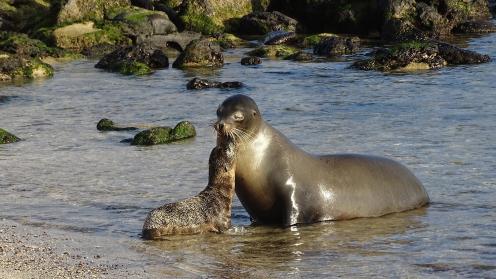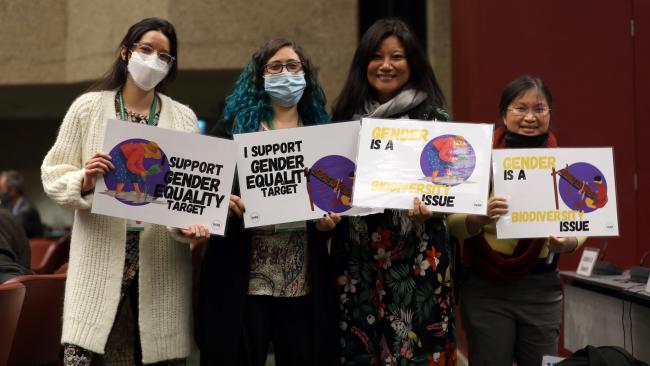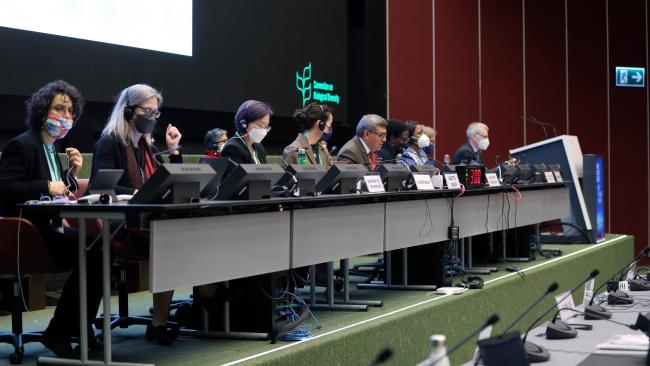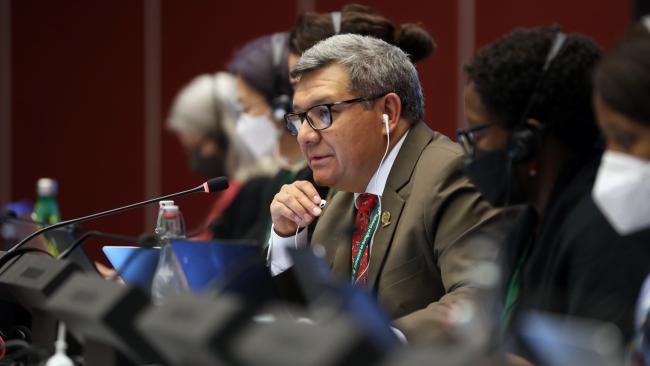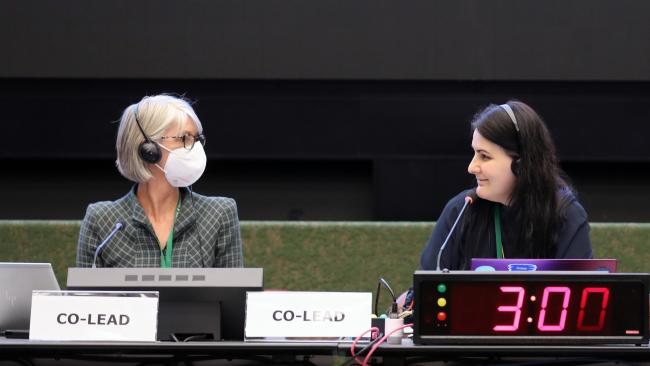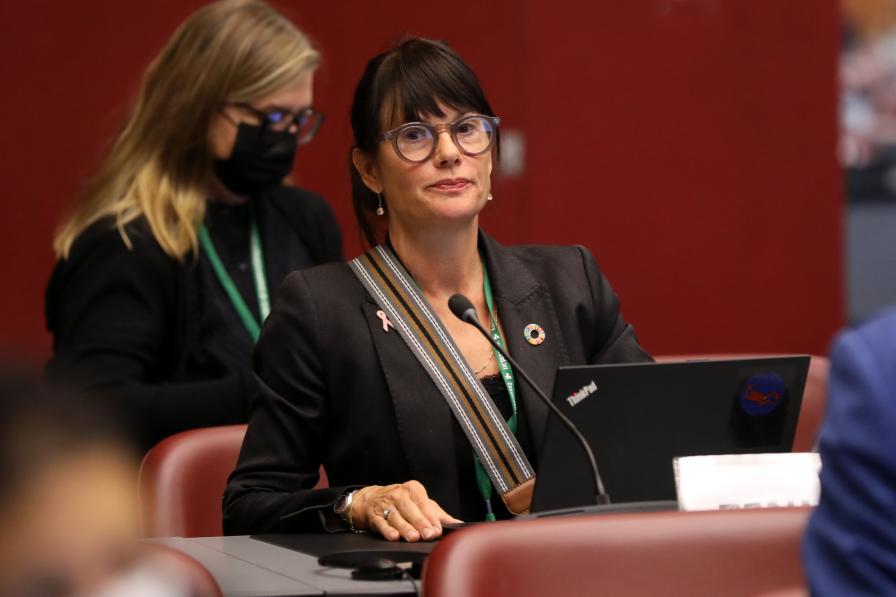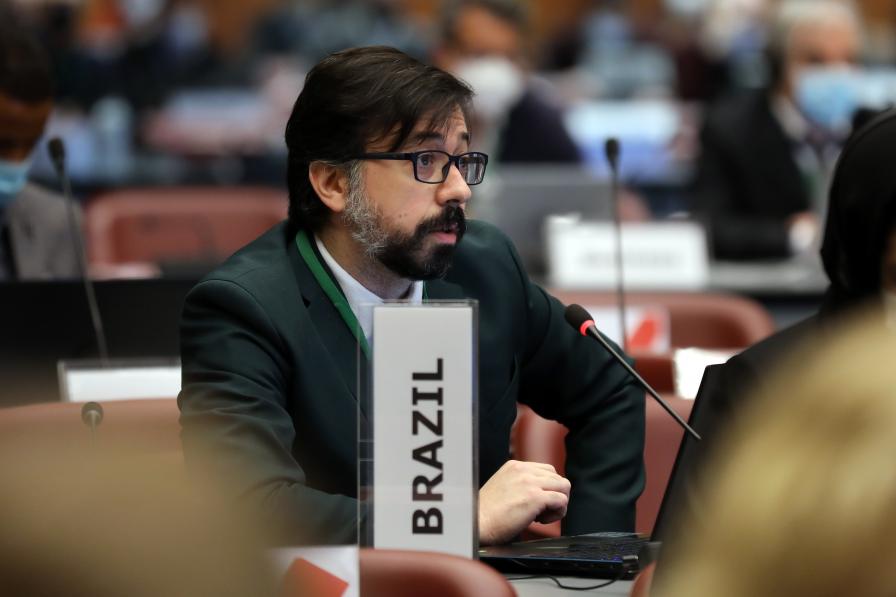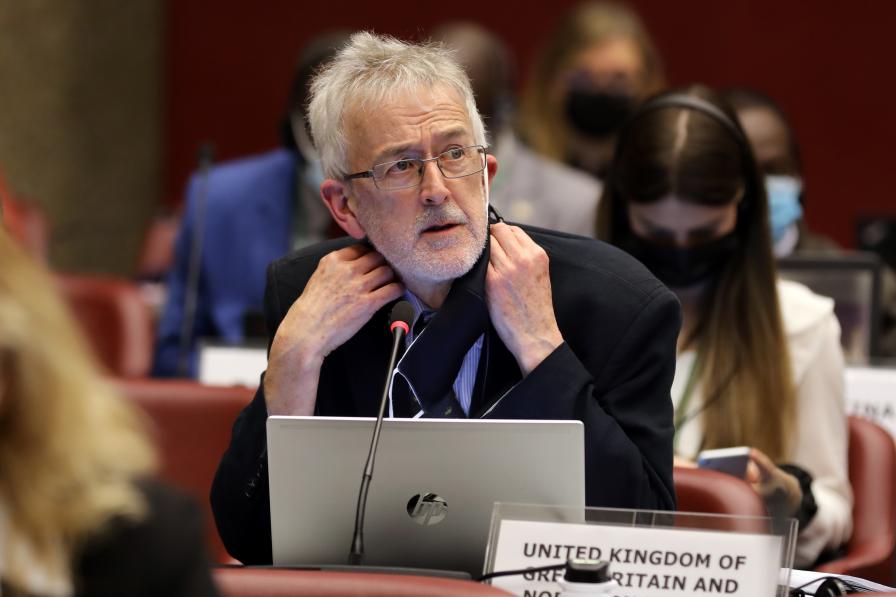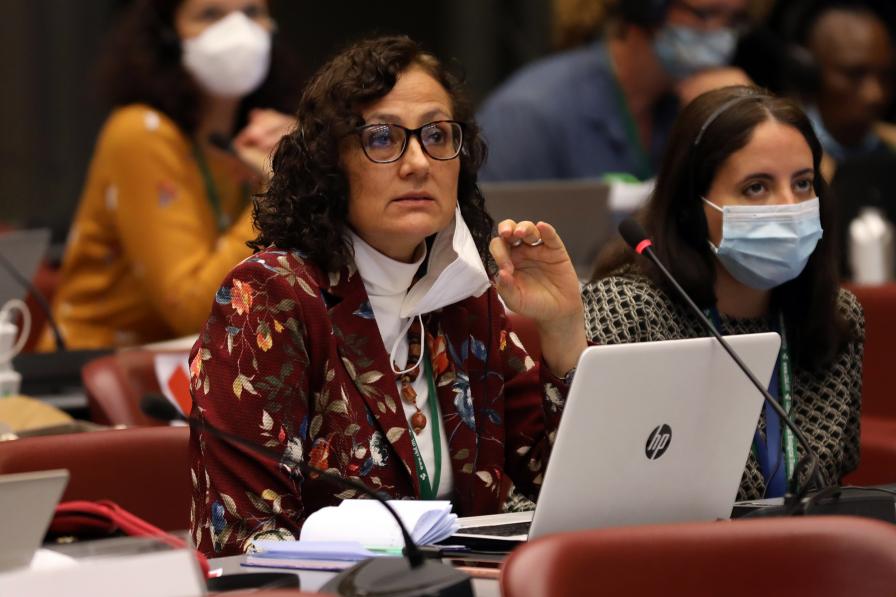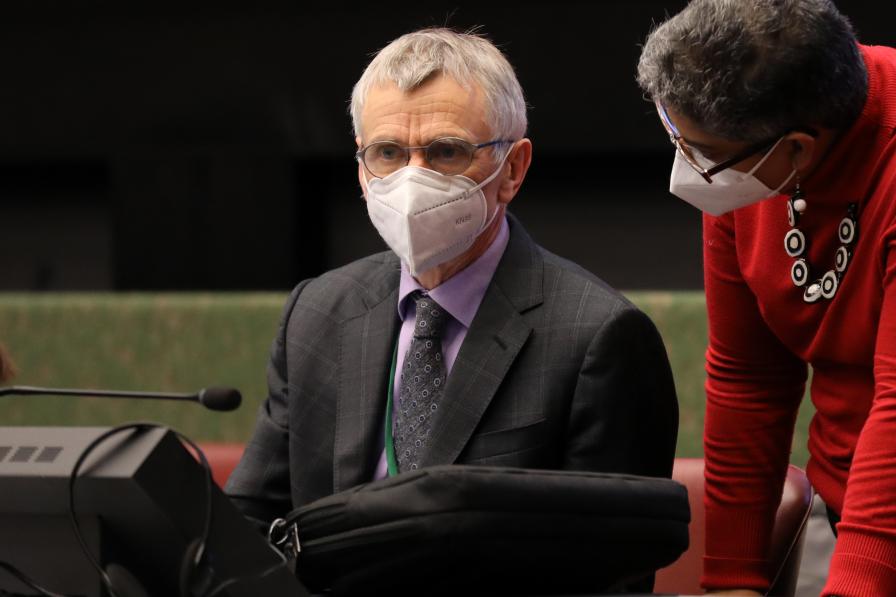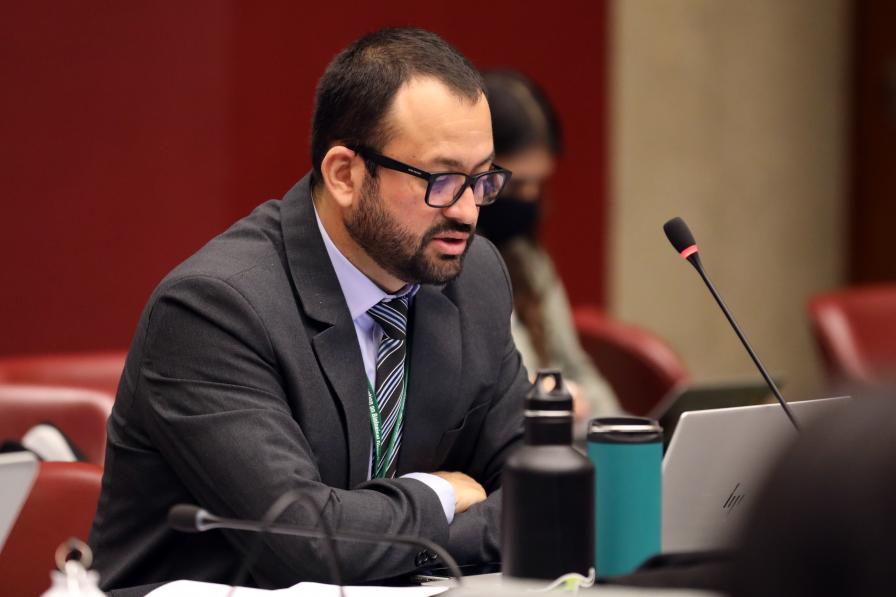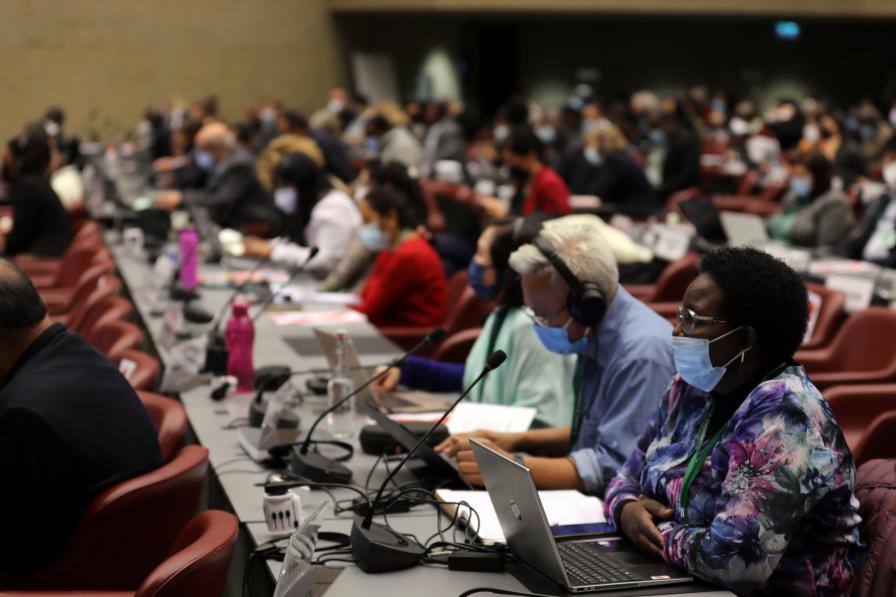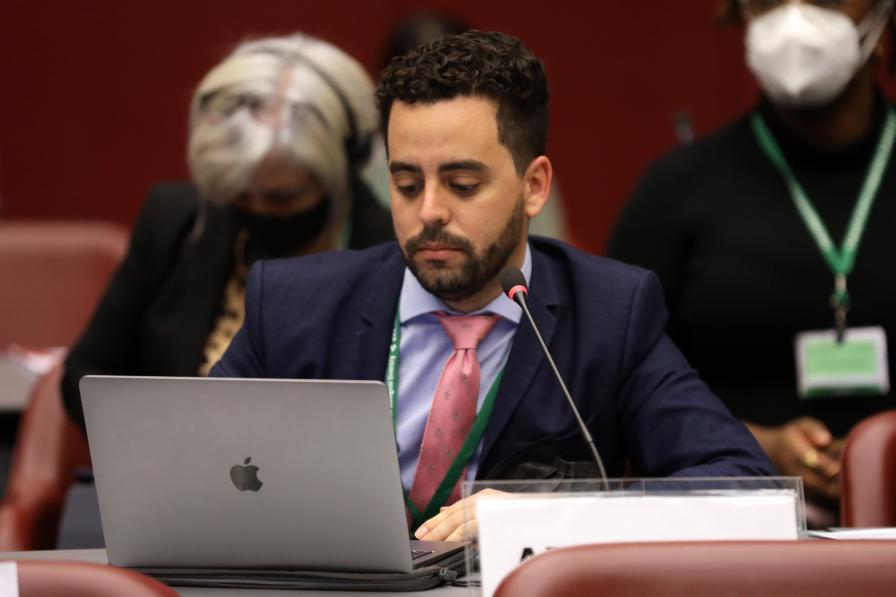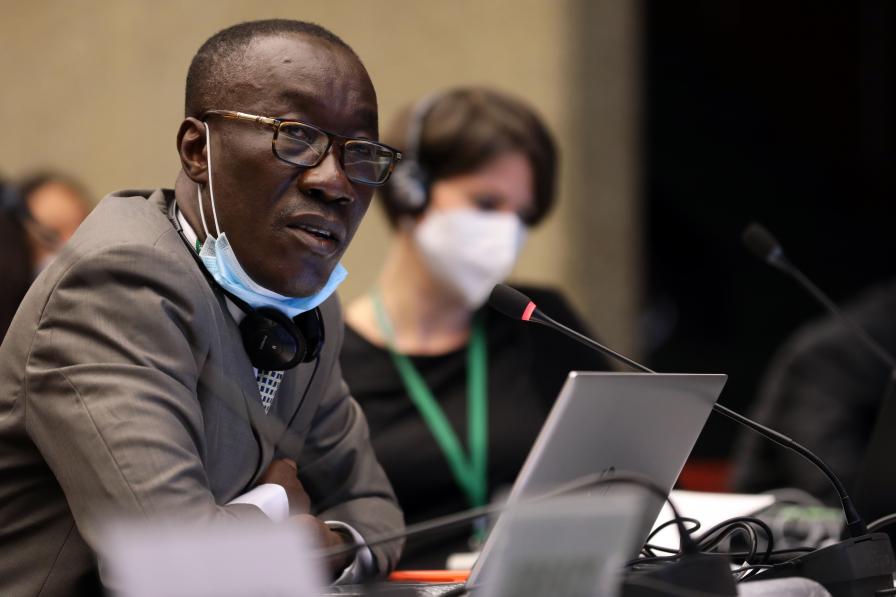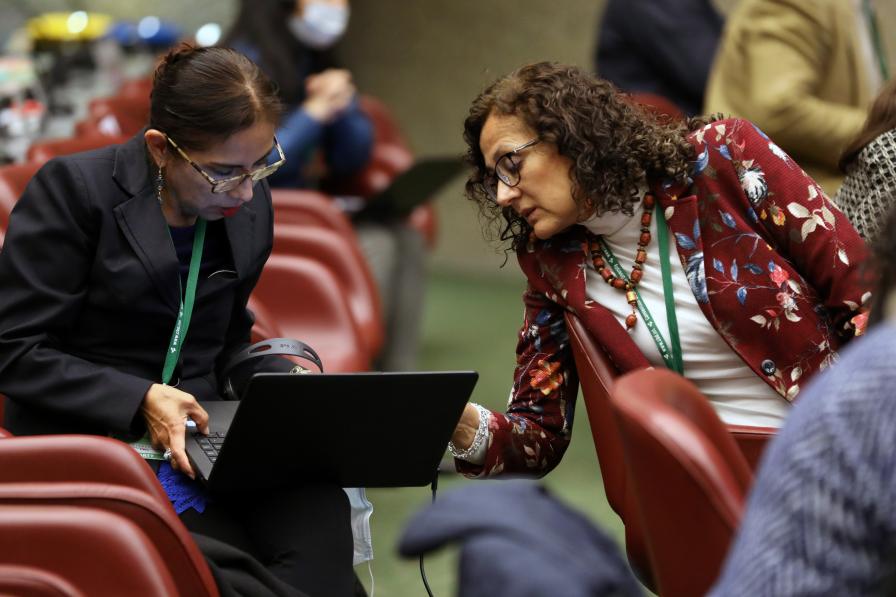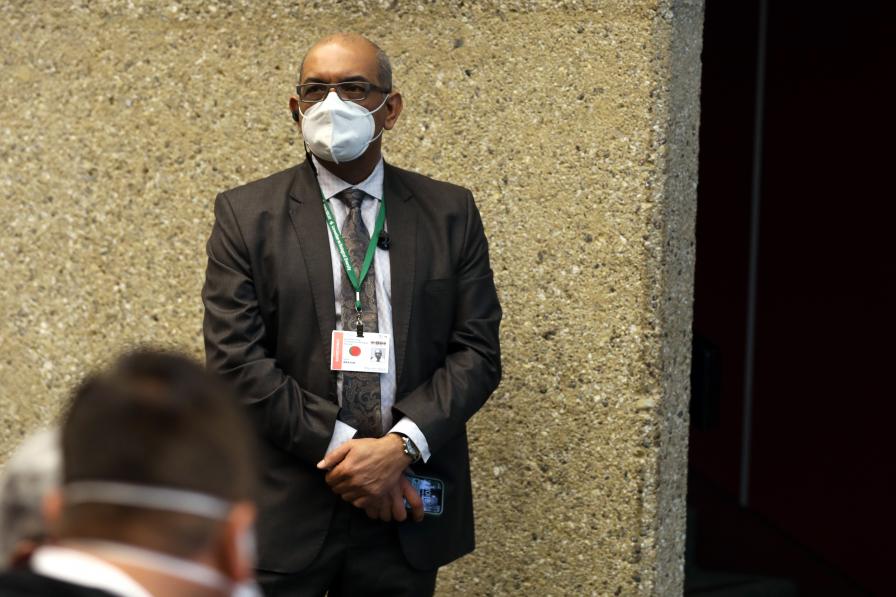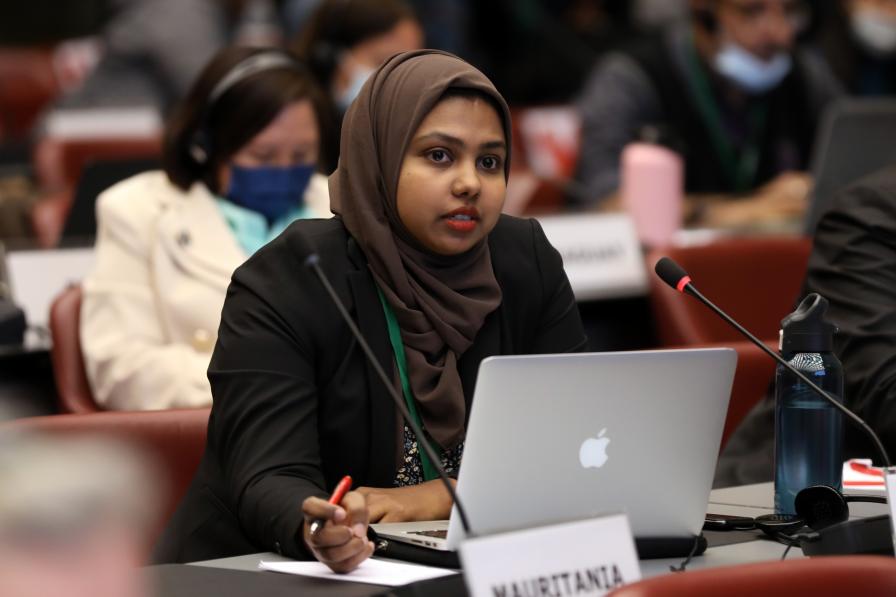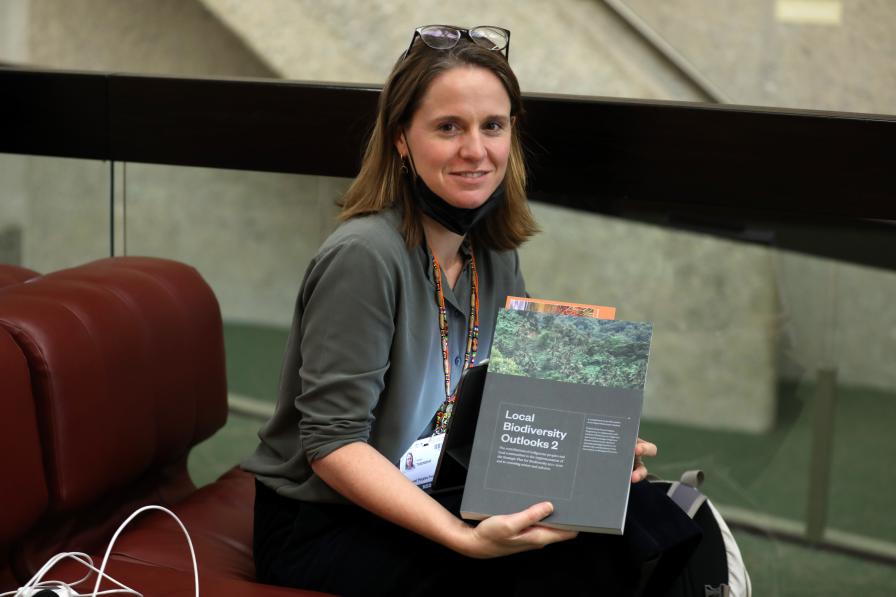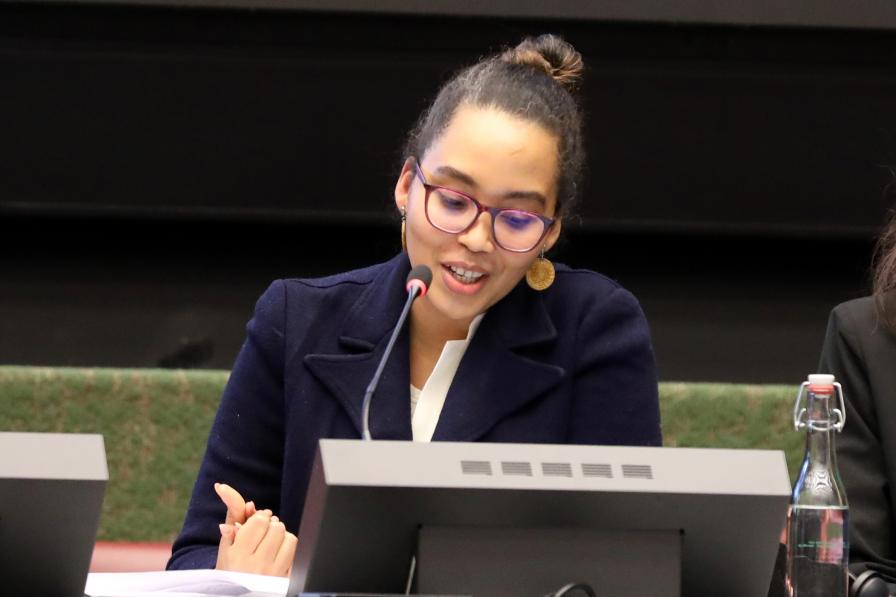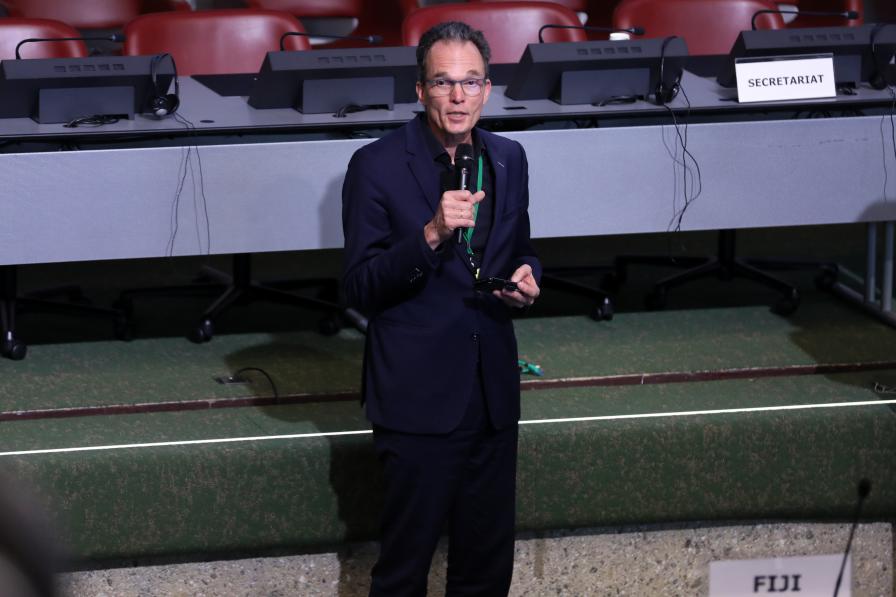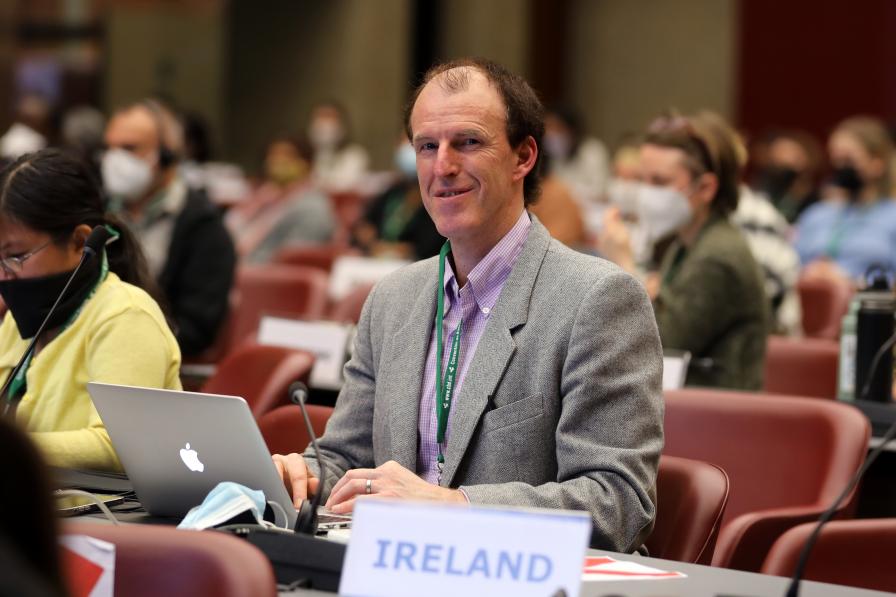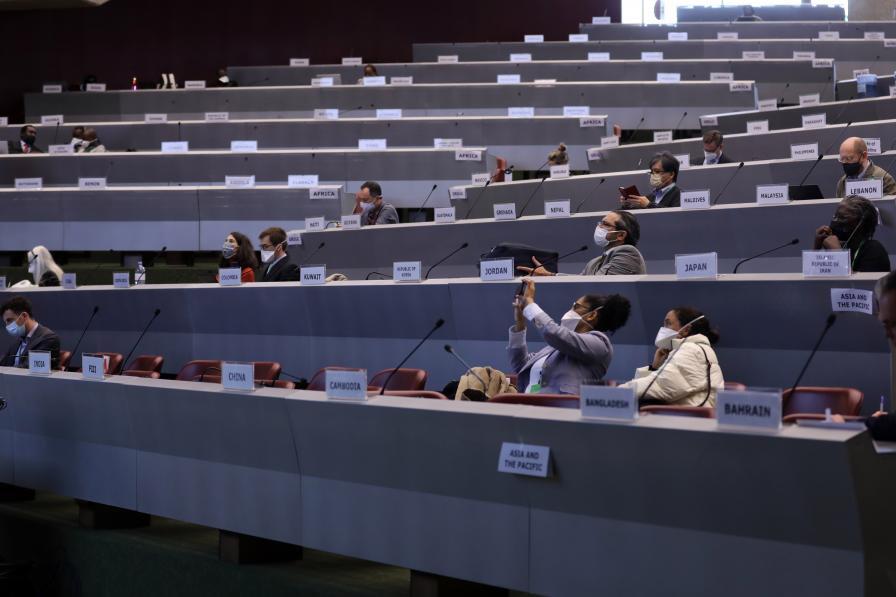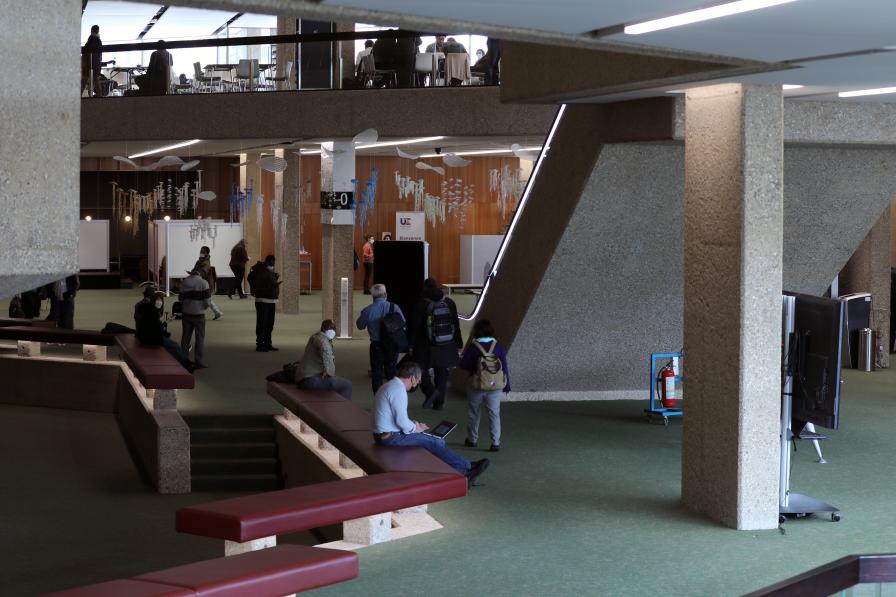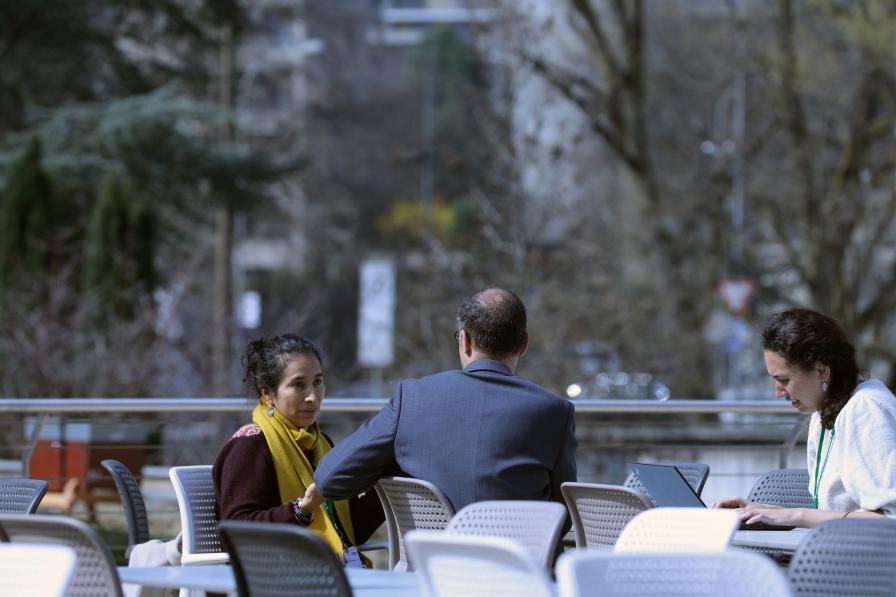Working until late into the night on a Saturday is a good sign sometimes. The day was a reflection of delegates’ commitment to find common ground in their diverging views on many parts of the post-2020 global biodiversity framework (GBF) and advance all other work under the subsidiary bodies of the Convention on Biological Diversity at the Geneva Biodiversity Conference.
To dive deeper, read the full Earth Negotiations Bulletin daily report.
In the morning, the Subsidiary Body on Scientific, Technical, and Technological Advice (SBSTTA) held a plenary session, focusing on biodiversity and agriculture; and, more specifically, on a draft plan of action for the International Initiative for the Conservation and Sustainable Use of Soil Biodiversity. Delegates addressed the plan’s scope, principles, global actions, and key elements and activities, reaching agreement on most parts of the document. SBSTTA Chair Hesiquio Benítez Díaz, however, did not seem particularly impressed by the pace and time it took to achieve this successful result. He pointed to the other three items on the session’s agenda that were not addressed, urging delegates to be more efficient in their deliberations if a positive outcome is to be achieved on all agenda items.
In the afternoon, a contact group under the Working Group on the GBF (WG2020) continued discussing targets related to reducing threats to biodiversity. Target 3, on ensuring that at least 30% of land and sea areas globally are conserved and integrated into the wider landscapes and seascapes, attracted considerable attention, especially by members of the High Ambition Coalition. Delegates held different opinions on a reference to reducing pesticides by at least two-thirds under Target 7. Some preferred referring to harmful chemicals rather than pesticides, with numerous alternate proposals tabled during the contact group’s discussions. Similarly, lengthy deliberations took place under Target 8 on minimizing the impact of climate change on biodiversity, with divergent views on whether nature-based solutions (NbS) or ecosystem-based approaches is the appropriate term. The inclusion of numerical targets also generated disagreement.
Other GBF targets addressed during the session included:
- Target 1, on ensuring that all land and sea areas globally are under integrated biodiversity-inclusive spatial planning addressing land- and sea-use change, retaining existing intact and wilderness areas;
- Target 2, on ensuring that at least 20% of degraded freshwater, marine, and terrestrial ecosystems are under restoration, ensuring connectivity and focusing on priority ecosystems; and
- Target 4, on actions to enable recovery and conservation of threatened species and genetic diversity.
In the evening, a contact group under SBSTTA resumed its work on biodiversity and health, and a contact group under the Subsidiary Body on Implementation (SBI) channeled delegates’ remaining energy towards further developing the draft gender plan of action.
Three side events took place at lunchtime, focusing on:
- applying a human rights-based approach in the GBF;
- an interface dialogue on finance and biodiversity; and
- a presentation of the first ever global youth position statement on NbS, under the theme “Greenwashing or the Golden Key to unleash Conservation?”
To receive free coverage of global environmental events delivered to your inbox, subscribe to the ENB Update newsletter.
